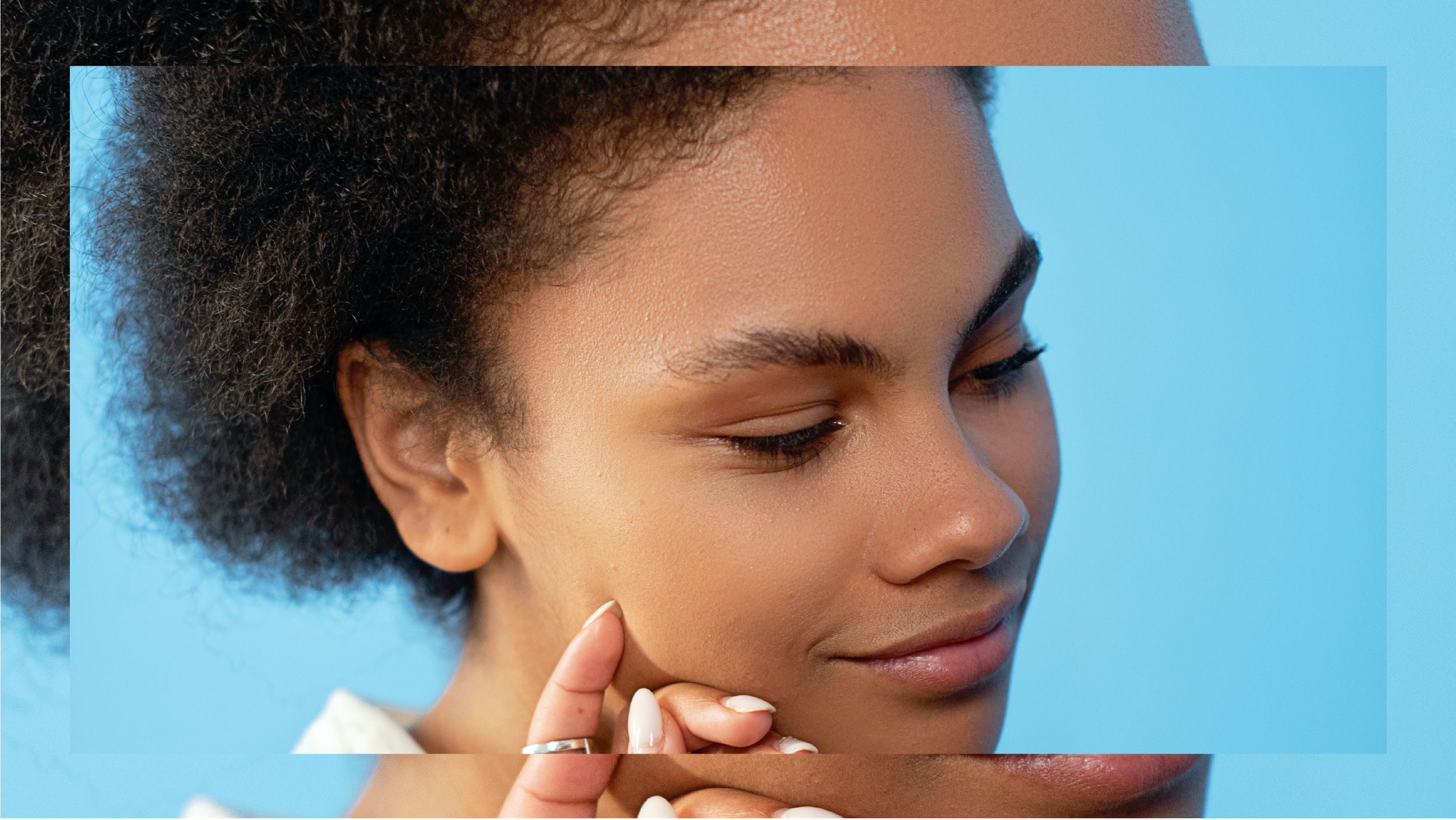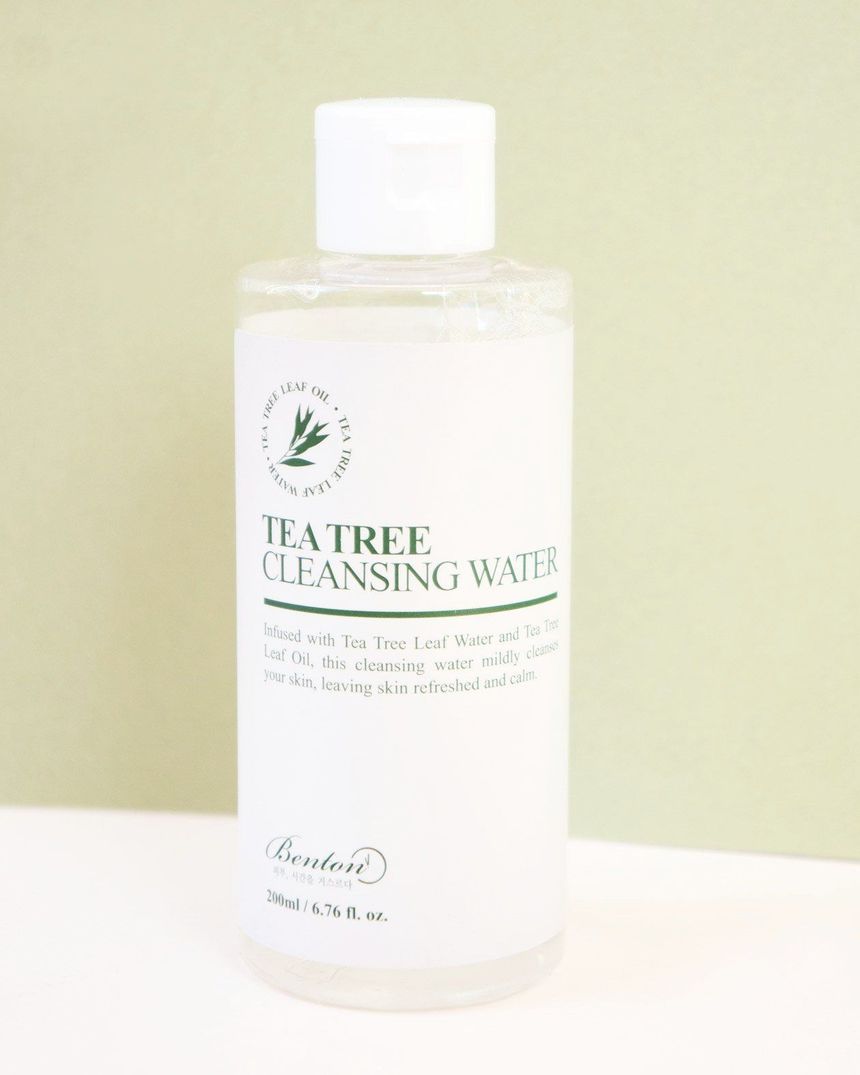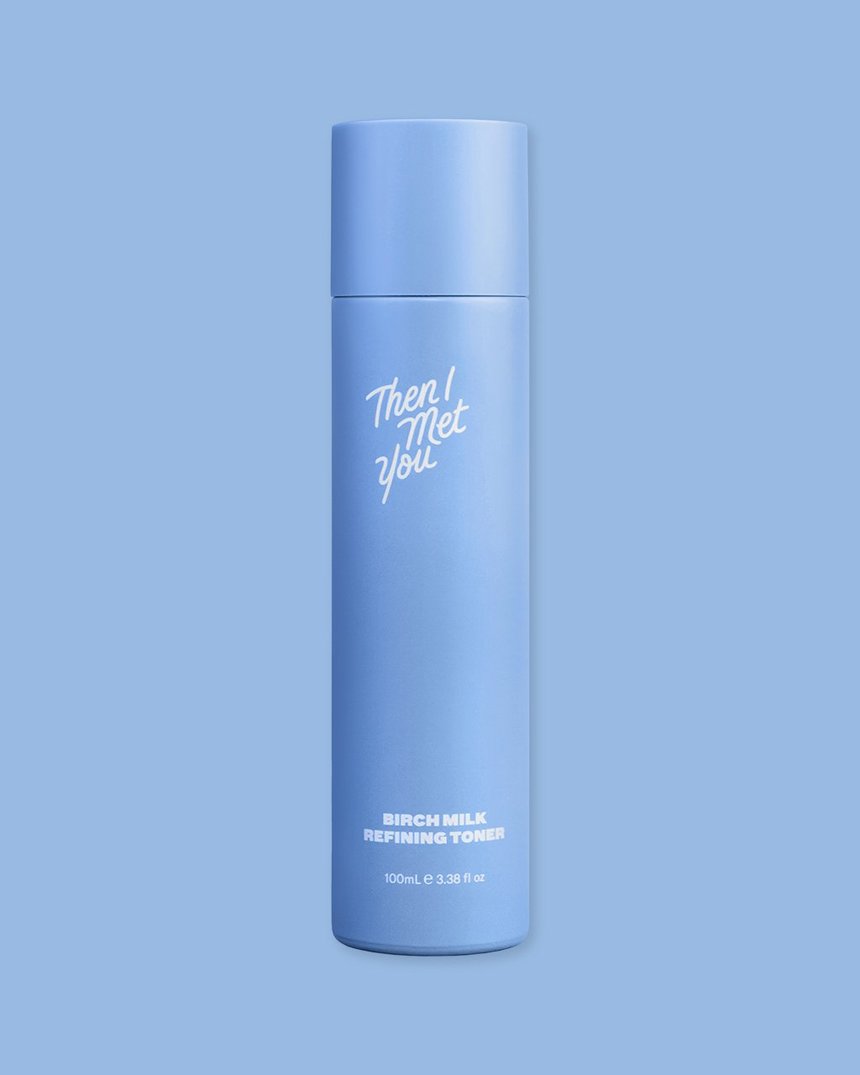If a product is all over Instagram or in all of your friends’ medicine cabinets should you be using it too? Today we’re chatting about acne products formulated just for adults.
Anyone who dealt with acne during their teenage years understands how much of a commitment it can be to get it under control. And for many of us, it isn’t just an adolescent thing.
Recently, brands like Rodan + Fields and M-61 have launched and expanded acne lines formulated specifically for adults. But, do you really need a different acne-fighting lineup as an adult than you did in your teens or are these products a mere marketing ploy?
To find out, we consulted with Southern California-based board-certified dermatologist and celebrity beauty expert Dr. Anna Guanche to help us break down the differences between the two phases of acne and how they are best treated.
What causes acne in your teens versus as an adult?
In general, acne is caused by a combination of excess oil and bacteria coming together in the skin. However, what triggers this meeting for teens and adults can differ.
According to Dr. Guanche, most acne found on teen skin is caused by a combination of genetics and hormones because their bodies are still changing.
“Male teens like to use whey protein to “bulk” up, but it mimics androgen and has been shown to cause acne in studies, in addition to dairy products,” Dr. Guanche explains. However, the case is entirely different for young women. “Female teen acne can be caused by anything from hormones to makeup to environmental factors to genetics—you name it,” she adds.
Women experience acne in their adulthood more than men, and that’s due to factors such as menstruation, menopause, and pregnancy. Another common factor in adult women is the reduction in cell turnover. This means that as adults, our dead skin cells linger a lot longer than they used to, and it’s a huge contribution to aging and adult acne.
How does the appearance of acne differ in your teens versus as an adult?
Teen and adult acne differ in appearance and the location in which they’re present on the skin. In your teens, breakouts can occur very often and seem as though they never really go away. “In teen acne, there can be a mixture of comedones (blackheads), pimples, pustules, white heads, etc.,” Dr. Guanche explains. The distribution of teen acne is usually all over the face.
Throughout adulthood, it tends to linger along your jawline and surrounds your chin area. As Dr. Guanche points out, this acne is likely seen in a “U- shaped” fashion. This type of acne is usually large, sore red bumps that flare up, or are cysts underneath your chin. While all of these instances are uncomfortable, those larger, painful bumps definitely take some time to cure and heal.
How do treatments geared towards teens compare to those formulated for adults?
As we mentioned earlier, the creators of Proactiv, Katie Rodan and Kathy Fields, recently debuted two separate product lines designed to treat teen acne and adult acne respectively under their Rodan + Fields brand.
Spotless is for teens and is designed to control oil and delivers 5% benzoyl peroxide and oxygen into the pores to kill bacteria and prevent new breakouts from cropping up.
The adult line, Unblemish, targets both blemishes and fine lines and wrinkles. It’s formulated to be gentle and non-drying and promote a more clear, youthful appearance. The formula contains 2.5% benzoyl peroxide that is delivered to skin via a dual-chamber system to minimize the potential for irritation.
So do you need to use acne products specifically created for adults?
You don’t necessarily need to use a product that specifically says it’s for adults, though one that targets wrinkles and breakouts and/or is formulated with adult-centric skin concerns in mind can certainly be beneficial. However, simply tweaking your approach to zapping zits as an adult can be just as advantageous.
For example, if you spotted a pimple during your teens, you might have reached for the most intense treatment you could find. Teenage skin typically responds better to more intensive solutions and ingredients that can kick breakouts to the curb. The reason for this is that our skin has more oil present when we’re younger and can handle these ingredients without being dried out. “Oral antibiotics may be added if the patient is still breaking out with larger pustules and has a lot of inflammation,” Dr. Guanche says.
Now as adults, because our skin is more likely to dry out quickly, it’s best to swap those intensive treatments for more gentle solutions. Rather than using a cleanser that’s really abrasive and can cause sensitivity, try a gentle cleanser to help remove any impurities and not aggravate those affected areas. The Benton Tea Tree Cleansing Water contains 70% tea tree leaf water, an ingredient that is antibacterial and anti-inflammatory.
“Regular facials are great for maintenance and the addition of red and blue light is optimal to keep bacteria under control,” Dr. Guanche explains. Oral contraceptives can help stabilize those fluctuating hormones that trigger acne in adult women, while anti-androgen medication (such as spironolactone) reduce the excess amount of androgens (i.e. testosterone) that can cause adult acne.
Bottom Line
Dr. Guanche explains that a tailored skin care routine is best for all types of acne. “This regimen often includes retinoids, glycolic acid, moisturizer, sunscreen and a medicated face wash,” she says. When in doubt, pay a visit to your dermatologist for a personalized treatment plan.
















